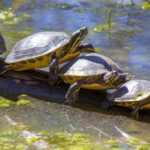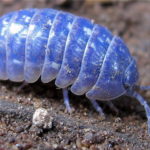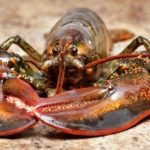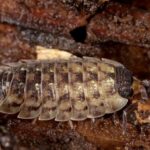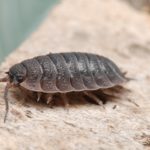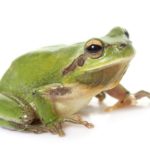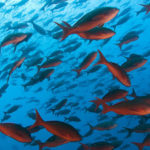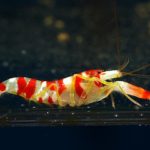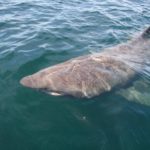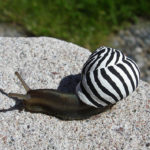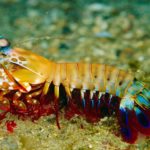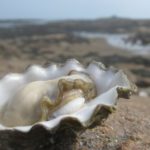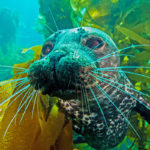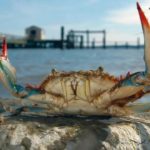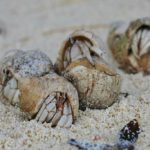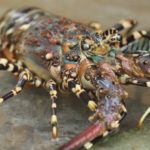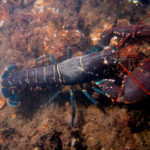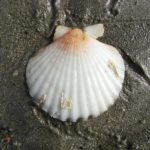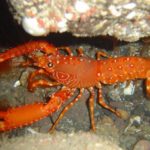Facts about woodlouse
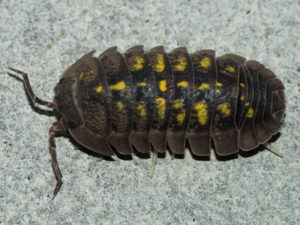 Woodlice are terrestrial crustaceans, and, in spite of their appearance, they are much closer to shrimp or lobsters by kinship than to gubernos and two-legged. Their blood is blue, and they still breathe with the help of gills. Gills are attached to paired pleopods on the abdomen of the animal and contain a branched network of moist tubules, which allow extracting oxygen from the air, although in water the woodlouse yric can calmly stay about an hour.
Woodlice are terrestrial crustaceans, and, in spite of their appearance, they are much closer to shrimp or lobsters by kinship than to gubernos and two-legged. Their blood is blue, and they still breathe with the help of gills. Gills are attached to paired pleopods on the abdomen of the animal and contain a branched network of moist tubules, which allow extracting oxygen from the air, although in water the woodlouse yric can calmly stay about an hour.
The porous shell also means that the woodlice are not able to accumulate and retain a long supply of water in the tissues. Their tendency to be bunched up in large groups helps to maintain moisture and protects against predator enemies. Shrews, toads, centipedes – all this trio loves to eat woodlice .
The woodlice are really drunk through the backside. Small bifurcated tubules, or the last pair of limbs suck moisture directly into the anus. In eating, the woodlice are not too fastidious, either. Their favorite food is decaying vegetation, but in the lean month their own feces will also come down. In New Zealand, there is a view of the seaside woodlice, which live on sandy beaches and mostly feed on the corpses of drowned bees. Unconventional personal habits of the woodlice make them irreplaceable for compost heaps, and the love of grinding rot has provided them with job placement in the paleontological museums of the world where they happily gloss over the fragile skeletons of animal exhibits.
Woodlice – representatives of a detachment of isopods. The detachment has 3,500 species, and it is about 160 million years old. Isopods carry offspring in a brood bag, regularly shed and live about two years. Not all of them, however, are knocked together in damp crevices. Deserted woodlouse (Hemilepistus reaumuri) create a couple for the rest of their lives, they are guided by the sun and live by organized colonies in the most real burrows, where young people make all the housework. In a day they can cross several miles.


